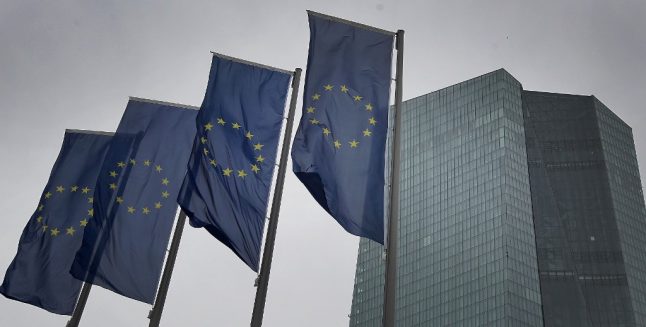The free movement of people — the agreement Switzerland signed with the EU in 1999 — remains “important to cover the demand for labour adapted to the needs of different economic sectors”, State Secretariat for Economic Affairs (SECO) said on Thursday, July 7th.
“Foreign recruitment has helped address shortages in the labour market and thus supported economic development”, according to SECO.
While SECO’s call for immigrant employees pertains to workforce from EU / EFTA nations, Finance Minister Ueli Maurer made a similar statement, recommending that Switzerland also takes in more immigrants from outside the European Union to fill some job vacancies, especially in research and IT.
Over the years, statistics have shown how beneficial immigrants are to the Swiss economy. As of 2022, around one in four Swiss residents is foreign – a percentage which is far higher in larger cities like Zurich, Geneva and Basel.
READ MORE: Where do Switzerland’s foreigners all live?
In a report released in June 2020, based on the 2019 figures, SECO outlined the positive impact that workers from the EU and EFTA countries have had on Switzerland’s labour market.
These are some of the findings from the 2020 report.
Migrant workforce meets the demands of the Swiss economy
“Immigration from the EU / EFTA to Switzerland is strongly geared to the needs of the economy, as highlighted by the high level of participation in the labour market”, SECO said.
The activity rate of EU nationals was 87.7 percent in 2019, compared to 84.6 percent for Swiss nationals.
“Immigration therefore contributes significantly to increasing the participation of foreigners in working life in Switzerland”, the report found.
But while the native Swiss are more often hired for jobs requiring higher professional qualifications, immigrants are engaged for posts requiring a lower level of qualifications.
Positive contribution to the flexibility of the labour market
Compared to native Swiss employees, more foreigners have temporary jobs and work more often at night or in the evening. “They offer a flexible labour pool for companies subjected to seasonal fluctuations”, SECO said.
Joblessness
The unemployment rate for people from the EU / EFTA remains above the national average. This can be explained by the concentration of EU / EFTA workers in sectors relatively more affected by unemployment, SECO explained.
Salaries
“Salary growth in Switzerland remains broadly balanced with regard to the different levels of education”, the report states.
“However, the median wage of the Swiss remains significantly higher than the median wage of all workers”, SECO added.
Family reunification
While citizens of EU / EFTA countries come to Switzerland for employment, family reunification is the main reason for immigration from third countries.
“The majority of family members who come to Switzerland as part of family reunification are economically independent and earn a salary”.
Social assistance
Professional integration and the use of social assistance are closely linked, the report found.
Only 3.4 percent of EU / EFTA immigrants who arrived in Switzerland in 2009 relied on social help within eight years of their arrival.
There’s less risk of having to resort to social assistance with the higher the level of education. People from the EU / EFTA countries who have immigrated as part of a family reunification and who depend on social assistance, “often manage to free themselves quickly and regain economic independence”, SECO notes.
Some 2,125,410 foreign nationals were resident in Switzerland at the end of March 2020, including 1,452 421 from the EU, as well as from Norway, Iceland, and the United Kingdom.
The highest number of foreigners come from Italy (15.3 percent), Germany (14.6 percent), Portugal (12 percent), France (6.7 percent), Kosovo (5,4 percent), and Spain (4 percent).




 Please whitelist us to continue reading.
Please whitelist us to continue reading.
Member comments